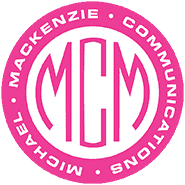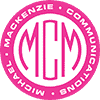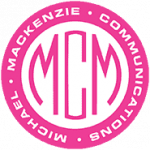Email is one of the most prevalent forms of business communication – with a record 319.6 billion emails sent on average each day in 2021 -_ yet we find many business leaders jot off emails with no more reflection than if they were sending a quick note to a friend. This practice is bad enough if you are sending an email to a colleague. When broadcasting an email to a large group — as part of an email campaign to clients, members, referral sources or prospects — lax practices can be detrimental to the firm’s reputation and worse, to the email’s performance and delivery.
The most important part of every email message is the part that is most often overlooked by the author: the subject line.
Strong email subject lines can make the difference between your marketing email message getting opened and read and that same message getting sent straight to the round file.
Following are some best practices that are relevant now and, we believe, will stand the test of time.
- For the best open rates, emails should have a catchy subject line that will resonate with the reader. For example, “How to Achieve Your Business Goals in 2023” will garner more interest than “Business Insights for 2023.”
- Keep the subject line short, simple and precise, as business professionals are more likely to open emails with brief subject lines.
- Consider phrasing your subject lines as a question, one that inspires the reader to open it to get or provide an answer.
- Tease the topic in your headline but don’t give away all of your “juice.” Entice the reader to open for the real details.
- Email subject lines should be no more than 9 words and 60 characters unless there is a compelling reason to make them longer. (Shorter is even better, assuming the content is sufficiently informative)
- If you collect first names in your sign-up forms, use those names to address people directly in subject lines. Nothing grabs attention like personalization.
- Use keywords in your subject lines that are relevant to the reader. For example, if you are having a sale on copier toner, a subject line like, “Tired of overpaying for toner? Click here to save!” would likely garner their attention.
Finally, take the time to A/B test your subject lines. This involves testing the same email with two different subject lines by sending it to two different audiences to see which message generates the best response (as calculated in open rates or click throughs). A small test to a small group can go a long way towards enhancing performance when you drop to your entire email list.
This post is courtesy of MMC Content Manager Jennifer Farwell.



